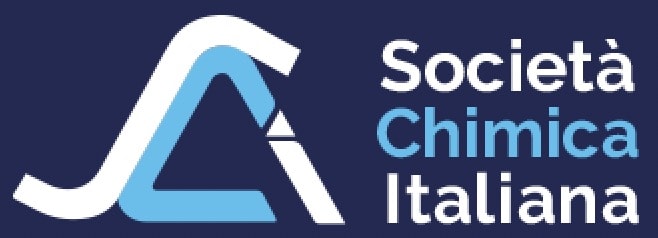- 2 Queen Street , USA
- 888 666 000
- [email protected]
- Italian
- English
Fabrizio Bruner (1935 – 1996)

Fabrizio Bruner was born in 1935, in Rome, Italy. He studied at the University of Rome receiving his doctorate in chemistry in 1960 with a thesis on capillary gas chromatography and flame-ionization detection.
After graduation he became associated with the Analytical Chemistry Group of the Italian National Research Council (C.N.R.) at Rome University. In 1966 he joined Professor Klaus Biemann at the Mass Spectrometry Laboratory of Massachusetts Institute of Technology (M.I.T.), in Cambridge, MA (USA) where he learned all the intricacies of modern mass spectrometry. He remained at M.I.T. for two years; upon returning to Italy he was appointed chief researcher at the Italian Air Pollution Research Institute of C.N.R., in Rome, and was promoated in 1974 to the position of research director of the Institute.
In 1970 he became “libero docente” in analytical chemistry at the University of Rome and in 1975 he was appointed “professore incaricato” at the University of Urbino, in charge of teaching physico-chemistry and analytical chemistry. On November 1, 1980, he became a full professor at Urbino and director of the Institute of Chemical Sciences. Since then his activities have centered on Urbino.
Professor Bruner has been the chairman of the Chromatography Group of the Italian Chemical Society, a member of the Scientific Committee of the Bureau Communitaire de Reference of the European Community, and the Italian representative of the working party "Chemistry and Environment" of the Federation of European Chemical Societies. He served on the Editorial Advisory Boards of Annali di Chimica and Chromatographia.
In 1980 he received the Anniversary Medal of the All-Union Scientific Council of Chromatography of the U.S.S.R. Academy of Sciences, in 1988 the M.S. Tswett Chromatography Award of the International Symposium on Advances in Chromatography, and in 1994 the Award of the Russian Chromatography Society.
He has been Author and coauthor of over 100 scientific papers and two books and has served as chairman of the Symposium on the Science of Chromatography, held in Urbino in 1985 to honor A.J.P. Martin's 75th birthday.
Dr. Bruner's contributions to the field of chromatography may be considered in four groups. The first includes work in the first part of the 1960s while a member of Professor Liberti's group in Rome aimed at the improvement of glass capillary columns. This is the period when no general method was available for preparing a stable coating. The Rome group developed a method in which the inner surface of the glass tube was etched with a base, increasing the coated surface and reducing the surface tension of the coated stationary phase. An interesting and little known application of these columns was the separation of isotopic molecules.
The second - and probably the most important - field in which Professor Bruner has made major contributions is the development, study and application of graphitized carbon black and its use. He has been active in this field for over twenty years. During this time he developed the technology of preparing various types of carbon black (in fact, he made it possible for Supelco and Alltech to market this material) and methods for the preparation of open-tubular columns in which a thin, graphitized carbon layer is deposited on the inner surface of the tubing. Such columns may be used as such, but may also be coated with a liquid stationary phase. Professor Bruner studied in detail the theory and application of such columns in a variety of fields.
The third field in which Professor Bruner excelled is environmental analysis, mainly using capillary gas chromatography, combined gas chromatography - mass spectrometry and capillary liquid chromatography in combination with a mass spectrometer. A very important and practically unknown activity of his group was their participation in the analysis of the atmosphere of Antarctica. For over five years an Italian research station has been stationed in Antarctica and was involved, among others, in the study of halocarbons in the atmosphere.
Finally, the fourth area of Professor Bruner’s activities is related to improvement on hyphenated techniques, the combined use of mass spectrometry with gas chromatography and with liquid chromatography using particle-beam interface. These represent very important investigations, improving existing systems and demonstrating the use of capillary columns for complex applications. In his 26 years at Urbino, Professor Bruner has developed a major research center in separation science and in instrumental methods: their activities in chromatography, in the combined application of chromatography and mass spectrometry, and in the use of chromatography in environmental analysis are particularly noteworthy.
After battling against a long illness which he fought courageously and to which his strong personality never yielded, Professor Fabrizio Bruner died on July 31st 1996.
(adapted from V Leslie S. Ettre, Chromatographia, 40, 117, 1995; A. Cappiello, Chromatographia, 43, 115, 1996).
